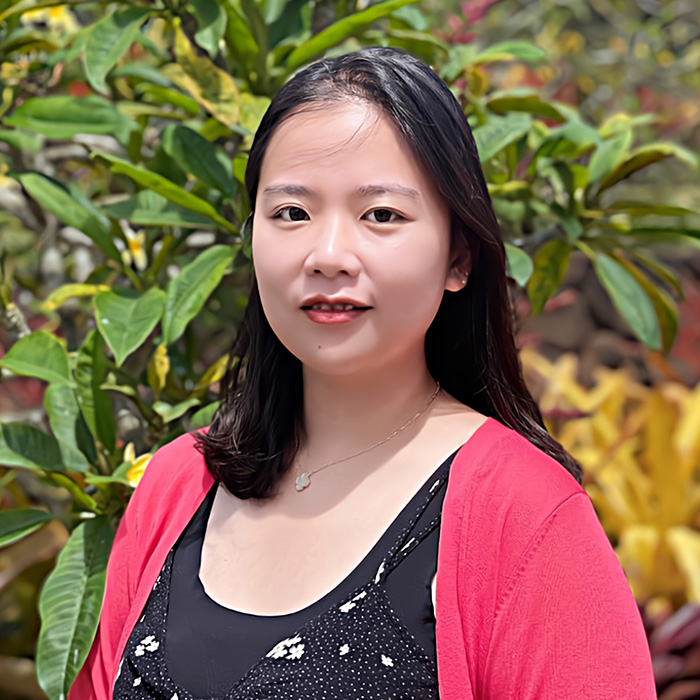
Yunju Chang
PhD Candidate
University of California, Davis
Yunju Chang is a Ph.D. candidate in the department of Materials Science and Engineering at the University of California, Davis under the guidance of Dr. Jiandi Wan in Chemical Engineering. She received her B.S. in Materials Science and Engineering department from Sung Kyun Kwan University in South Korea (2015). There, she was granted with the AMSE Award for Excellence in Undergraduate Research. She then received M.S. from University of Illinois at Urbana-Champaign (2017). After graduation, she worked as a visiting scholar for a year to continue her research on suppressing inflammatory response of macrophage by delivering drugconjugated dextran. Her current research interests include developing ultra-sensitive optofluidic biosensor with ring-assisted Mach-Zehnder interferometers to study the liquid-liquid phase separation of postsynaptic density proteins such as PSD-95 and SynGAP. She has published 2 papers, one of which is a first-author paper on making microfluidic device for deformation-based droplet separation. Outside of research, she enjoys playing tennis, hiking, and going out for wine tastings.
Development of Integrated Photonic Biosensor to Image Protein Interactions
Protein-protein interaction plays a pivotal role in most cellular activities, including cell division, proliferation, and signaling. Therefore, studying protein interactions is essential for understanding the fundamental mechanism of cellular activities, disease diagnosis, and drug development. Conventional approaches to study protein interactions include the enzyme-linked immunosorbent assay (ELISA) and the Forster resonance energy transfer (FRET), but the drawback is that these technologies require optical labeling. Currently, label-free photonic biosensors are getting attention because of their high sensitivity, small footprint, and multiplex assay. However, applications for photonic biosensors are mostly limited to the detection of biomolecules either by trapping the analyte of interest or by immobilizing interacting ligands. Therefore, our goal of this study is to develop label- and immobilization-free optofluidic biosensors that can image freely interacting proteins. The technological gaps are that (i) the current approaches to integrate microfluidic channels are not confined to the sensing area which requires larger sample volume than needed and (ii) to our best knowledge, there have been no studies reported with surface modification or functionalization which enables proteins to interact freely. So far, we have simulated, designed, and fabricated ring-assisted Mach-Zehnder Interferometer (RA-MZI)-based optofluidic biosensor which measures the change of local refractive index upon protein-protein interaction. Due to the innate characteristic of the resonator, such as high quality factor or large extinction ratio, ring resonator-based sensors show low limit of detection and high sensitivity. Our next steps will be to characterize the performance of RA-MZI biosensor and optimize the design parameters. We will also be coating the microfluidic channel surface with lipid bilayers so that we can image protein interaction while both interacting proteins are relatively freely moving on the lipid membrane. This label- and immobilization-free optofluidic biosensor will allow us to discover novel approaches to early-stage detection by studying the mechanisms and fundamentals of disease-associated protein interactions.